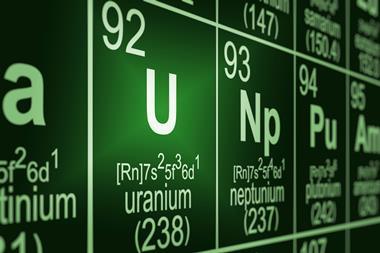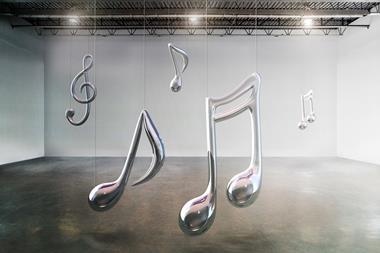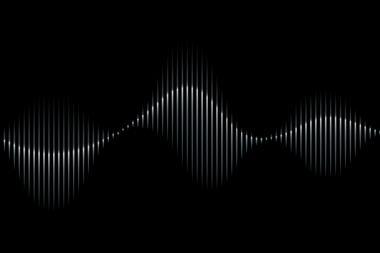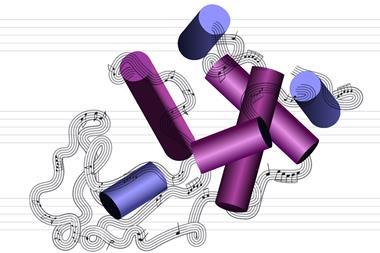A researcher at Indiana University in the US, who just received a degree in music composition and chemistry, has turned elements’ spectra into haunting music.
W Walker Smith has built computer code to convert each element’s spectrum into a mixture of notes. He hopes that transforming the light into sound will make it easier to detect elemental differences, and also help to teach chemistry. Smith reported this first step toward creating an interactive, musical periodic table at the spring meeting of the American Chemical Society (ACS) on 26 March.
Previously, Smith converted the natural vibrations of molecules into a musical composition, and during that process he observed the spectra of elements. ‘I was always looking for a way to turn my chemistry research into music, eventually I stumbled across the visible spectra of the elements and I just was overwhelmed by how beautiful, gorgeous and how different they all look,’ he recalled during a briefing at the ACS meeting. ‘And I thought “Wow, it would be really cool to turn these beautiful spectra, these beautiful images, into sounds”.’
Every element gives off a unique set of wavelengths of light when excited, with brightness levels that are specific to each element – its spectrum. The wavelengths of light emitted by each element can be hard to differentiate from one another, however, especially for the transition metals because they can have thousands of individual colours. Smith hopes his work will provide a new way to interpret elements’ spectra.
Other scientists have turned chemistry into sound before. In 2019, researchers from the Massachusetts Institute of Technology assigned each of the 20 common amino acids a note on the C minor scale to create a composition unique to each protein. In another instance, the brightest wavelengths in an element’s spectrum were assigned to single notes played on piano keys. But that method produced just a few sounds that didn’t reflect the multitude of different wavelengths that some elements emit, Smith said. So, he decided to create his computer code to allow these notes to be generated in real time, forming harmonies and beating patterns as they combined.
Simpler elements like hydrogen and helium sound like chords, while others have a more complex collection of noises. Calcium, for instance, sounds like bells chiming together, while zinc sounds ‘angelic’, according to Smith. His two favourites are zinc and helium, which he described as a ‘groovy, very fun’ scale pattern when listened to one-by-one instead of all at once.
Previous research from a team at Nova University Lisbon in Portugal has found sonification to be very effective at helping students with visual impairments to interpret spectroscopic data, Smith noted. ‘But I think this goes even beyond that, because even for students that don’t have visual impairments, we could still use this as an alternative or supplementary means of data analysis, and perhaps glean some more information, or different types of information, from this spectra using our ears in addition to our eyes,’ he added.
In terms of next steps for his project, Smith is currently working with the WonderLab Museum of Science, Health and Technology in Bloomington, Indiana to develop an interactive exhibit that would allow visitors to listen to elements and make their own music with them.

















3 readers' comments